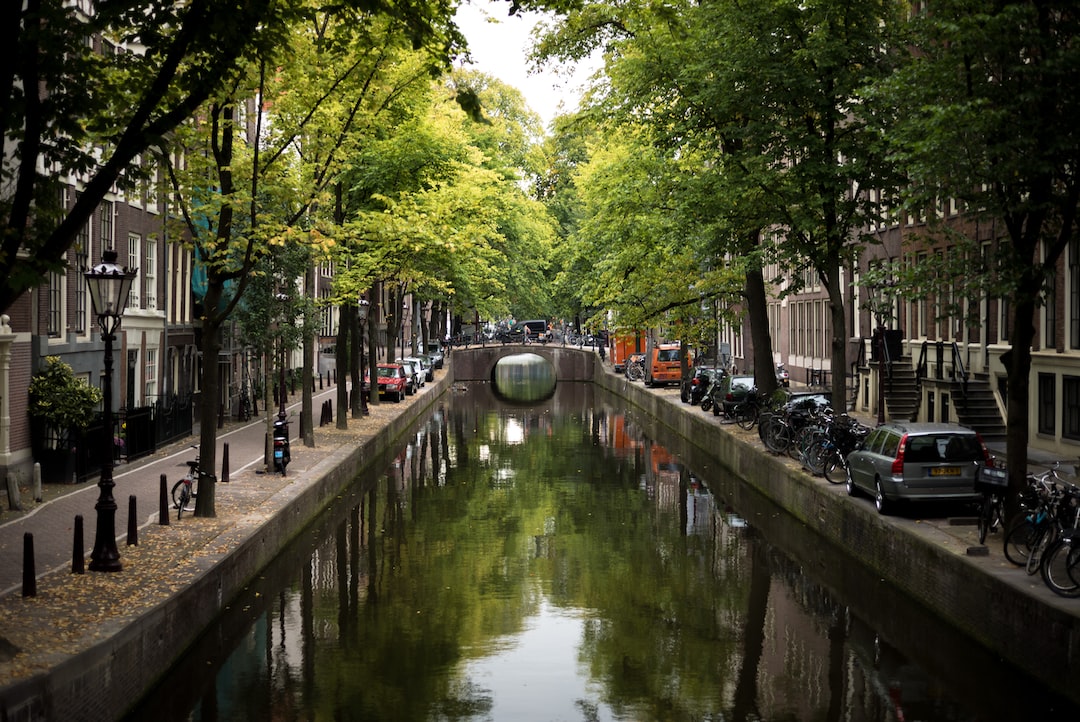A Historical Journey through Anne Frank’s Amsterdam
Amsterdam, the captivating and vibrant capital of the Netherlands, has a rich and complex history that extends far beyond its renowned canals and picturesque architecture. One of the most poignant and significant stories to emerge from Amsterdam’s past is that of Anne Frank, a young Jewish girl who hid with her family during the Holocaust and documented her experiences in a now-famous diary. Exploring Anne Frank’s Amsterdam offers an emotional and thought-provoking journey through the city’s historical sites associated with her life.
The Anne Frank House, a somber yet impactful museum located on Prinsengracht street, is the primary destination for those seeking to immerse themselves in Anne’s life. The museum allows visitors to walk through the actual rooms where Anne and her family lived in hiding for over two years. As you climb the steep staircase and step into the hidden annex, a wave of emotions washes over you. The cramped quarters, preserved with original furniture and personal belongings, serve as a haunting reminder of the harsh realities faced by Anne and her fellow occupants. The museum also displays excerpts from Anne’s diary, further bringing her words to life and allowing visitors to grasp the depth of her dreams, fears, and resilience.
After exploring the Anne Frank House, take a leisurely stroll through the Jordaan neighborhood, where Anne and her family lived before going into hiding. The streets of Jordaan retain much of their original charm, with picturesque canal houses, cozy cafes, and quaint boutiques lining the narrow pathways. Pause for a moment at the Anne Frank monument, located on the Westermarkt square, to reflect on the impact of her story and the immense loss suffered during World War II.
For a broader perspective on Amsterdam’s Jewish history, head to the Jewish Cultural Quarter. The Jewish Historical Museum offers an in-depth exploration of the Jewish community’s vibrant past in Amsterdam. The museum showcases artefacts, photographs, and personal stories that shed light on the rich cultural heritage and contributions of the Jewish community to the city. The Hollandsche Schouwburg, located nearby, serves as a poignant reminder of the Jewish persecution during the war. It was once a theater used as a deportation center during the Nazi occupation and now houses a memorial dedicated to the victims.
Continue your historical journey by visiting the Portuguese Synagogue, a magnificent 17th-century synagogue that stands as a symbol of religious tolerance and resilience. As you enter, the grandeur of the sanctuary and the stunning architecture leave you in awe. Take a moment to absorb the spiritual tranquility that still resonates within the walls of this sacred space. The adjacent Jewish Historical Museum displays a collection of Judaica, telling stories of Amsterdam’s Jewish community throughout history.
To gain a wider perspective on Amsterdam’s war history, pay a visit to the Resistance Museum. This engaging museum provides an in-depth look into the Dutch resistance during World War II. It covers various aspects, including both passive and armed resistance against the Nazi regime. The museum’s interactive exhibits allow visitors to actively participate, immersing themselves in the stories of individuals who risked their lives to protect and rescue Jewish citizens.
Finally, make your way to Westerbork Transit Camp, located a short distance outside of Amsterdam, to witness the chilling remnants of a place that once held thousands of Jews before they were transported to concentration camps. Take a guided tour to gain insights into the daily life and struggles faced by those interned in this camp. Standing in the presence of the original barracks and memorial monuments provokes a somber reflection on the tragic events that unfolded here.
Anne Frank’s Amsterdam offers a profound and historically significant journey, guiding visitors through the remarkable life of a young girl whose voice transcended time and touched millions. As you walk in her footsteps, the tangible connection to her story becomes abundantly clear. This exploration not only immerses you in the city’s history but also serves as a vivid reminder of the importance of remembrance and the ongoing fight against intolerance and discrimination.

